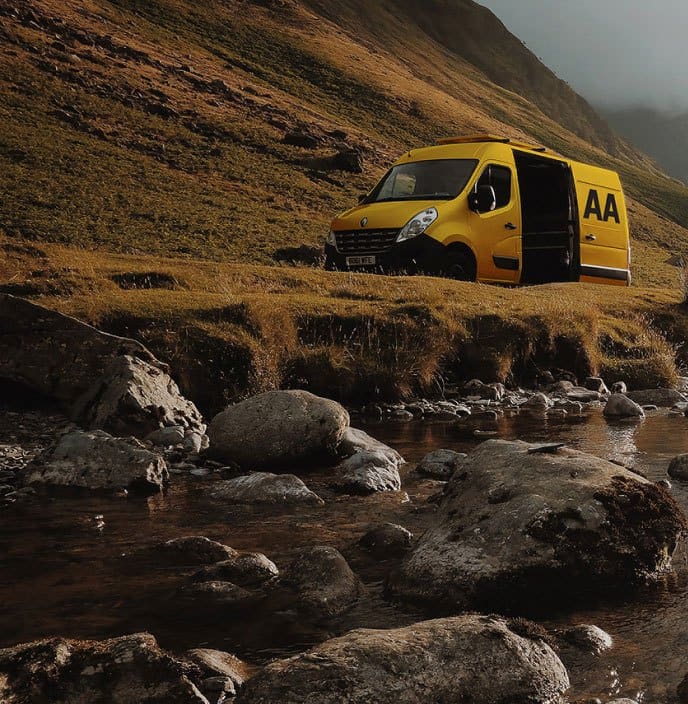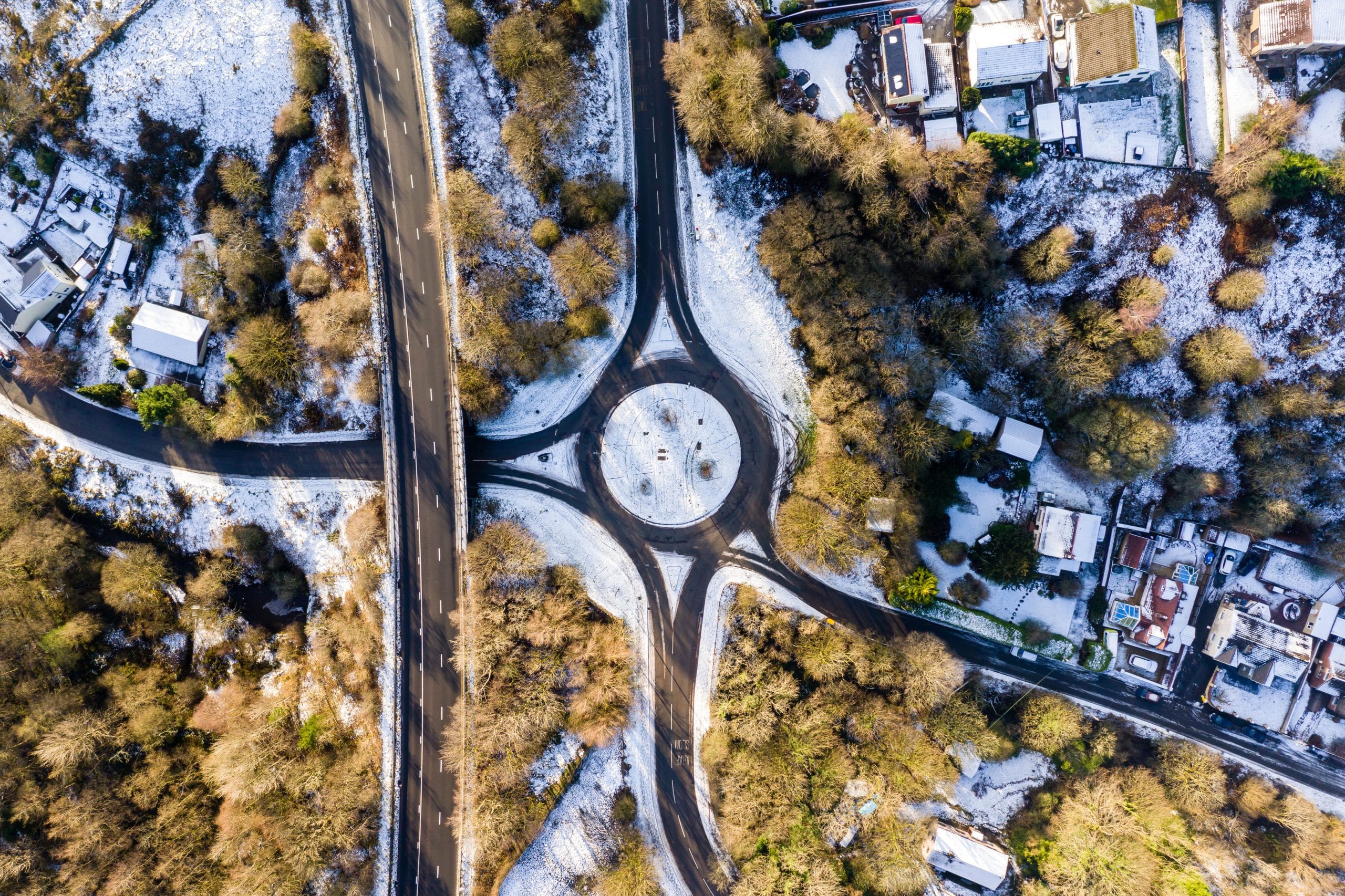Winter in Ireland brings an mixture of Cold, Fog, Rain & Snow which can cause sudden & unexpected disruption to motorists and commuters.
Our AA Safety Centre provides you with all the information you may need before & during a winter freeze to prepare, protect & stay safe.
Staying safe during snow & ice
Snow & ice can develop at the most unexpected times and can leave you caught in the disruption. Planning ahead is the best way to ensure a safer winter season.
Preparing your Home for snow & ice
- Is your heating system serviced & fully functioning?
- Are all doors & windows able to securely close?
- Is your home well insulated & draft proof? Up to 35% of your homes heat is lost through the walls & 20-30% through the roof according to the SEAI.
- Are your pipes insulated to prevent them from freezing over?
- Take photos of your property, any outside items which are covered on your Home Insurance policy. This will help if you need to make a claim. If you need to check your level of cover, you can do this through your MyAA portal.
Preparing your Car or Vehicle for snow & ice
- Has your car been serviced this winter?
- Is your vehicle battery working correctly? (If your vehicle is struggling to start, it’s usually a sign the battery is weak)
- Are all fluids topped up & at their correct level?
- Are your tyres road legal & inflated to the correct pressure? If you’re unsure, you can check out our Car Tyre guide
- Do you have a De-Icer in your car? or an ice scraper?
- Does your vehicle have a toolbox & safety kit?
- Are all your lights (front & back) working correctly?
View our full guide on 12 Vital Checks you should carry out on your vehicle for winter
Driving in snow – The complete guide
How to start your car in snow and ice
- Give yourself plenty of extra time to deice your car and allow for traffic delays. Pouring a kettle on the window is not a good idea as it could weaken/crack the glass.
- Give the battery a chance! Start the car first and don’t switch on other electrics until after it’s started.
- Fully clear all windows of snow and ice using a scraper and de-icer.
Essentials you need for driving in snow
- Carry a fully charged phone
- A Torch
- First-aid kit
- Tow rope
- Blankets
- Warm coat
- Boots
- Jump leads
- Shovel
- Warning triangle
- Old sack/rug.
What is the stopping distance in snow?
- Stopping distances are 10 times longer in ice and snow.
- Gentle manoeuvres are the key to safe driving.
- Wear comfortable, dry shoes. Snow-covered boots will slip on the pedals.
- Select 2nd gear when pulling away, easing your foot off the clutch gently to avoid wheel-spin.
How-to drive-up hill in snow and ice
- When climbing a hill avoid having to stop on the hill by waiting until it is clear of other cars or by leaving plenty of room between you and the car in front. Try to maintain a constant speed, choosing the most suitable gear well in advance to avoid having to change down on the hill.
How to drive downhill in snow and ice
- When driving downhill, reduce your speed before the hill, use a low gear and try to avoid using the brakes. Leave as much room as possible between you and the car in front.
- Always apply brakes gently. Release them and de-clutch if the car skids.
What to do if your car gets stuck in snow
- If you do get stuck, straighten the steering and clear the snow from the wheels. Put a sack or old rug in front of the driving wheels to give the tyres some grip. Once on the move again, try not to stop until you reach firmer ground.
How to drive an automatic car in the snow & Ice
- Under normal driving conditions (motorways, etc) it’s best to select ‘Drive’ and let the gearbox do the work throughout the full gear range. In slippery, snowy conditions you can make driving much safer by selecting ‘2’, which limits the gear changes and also makes you less reliant on the brakes. Many modern autos have a ‘Winter’ mode which locks out first gear to reduce the risk of wheel spin. Check the handbook if you’re not sure.
How to drive a rear-wheel drive car in the snow
- it is a good idea, to put more weight over the rear axle in a rear-wheel drive car. Adding heavier items such as golf clubs or a bag of coal will help the rear wheel gain more grip. In a front-wheel drive car, the weight of the engine is over the driven wheels, so there is usually more grip
- examples of rear-wheel drive cars include many BMW, Mercedes-Benz and several EV models such as the Volkswagen ID.3 and Tesla Model 3
Did something happen? Once the snow or ice has thawed & the weather warning has been lifted it’s time to check your home, car & belongings for any damage that may have occurred.
- Make sure to check all belongings carefully for damage.
- Visually inspect your home & car including windows, doors etc. that may have been damaged by the snow or ice. (Damage might not be visible if snow or ice is still on the ground)
- Make a list of any damage you find to assist you if you need to make a claim on your Home Insurance or Car Insurance policy. If you need to make a claim, you can view all the necessary phone numbers or contact details in the AA Safety Centre home.





